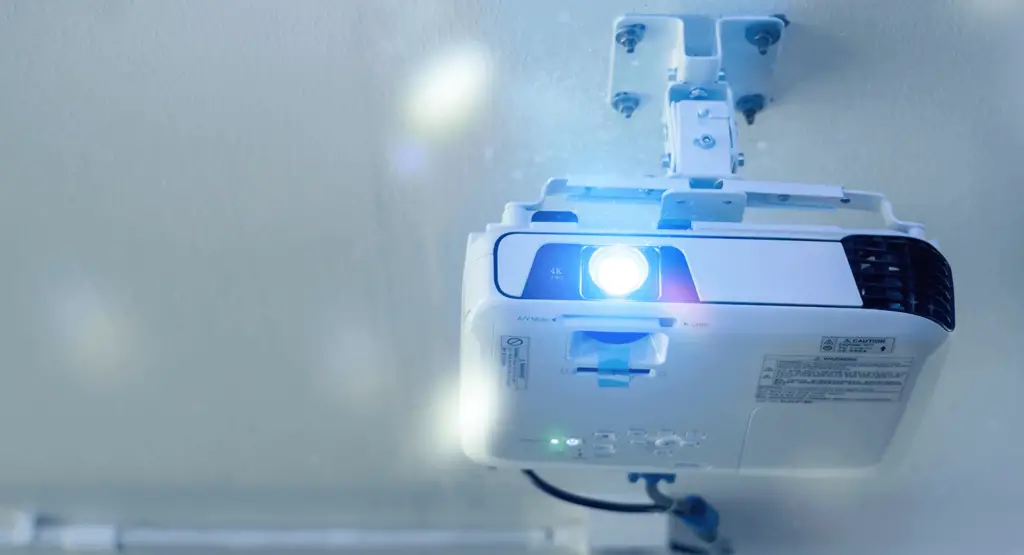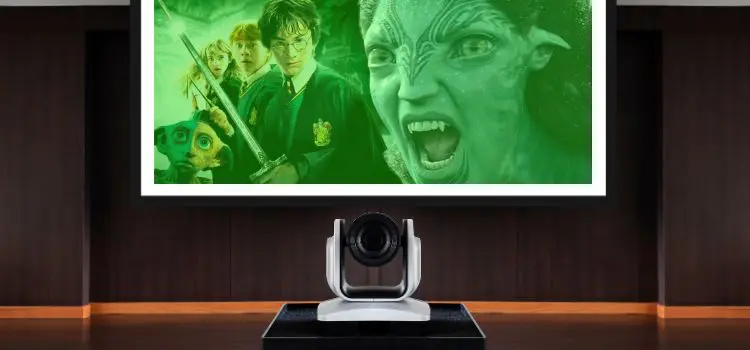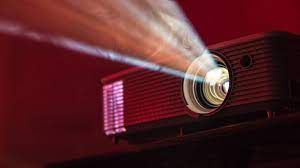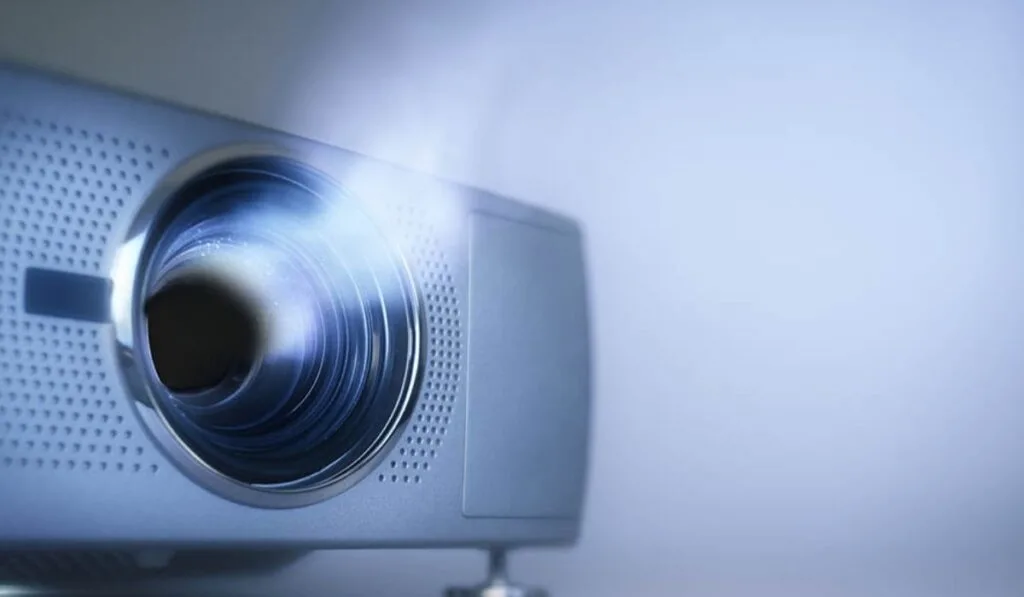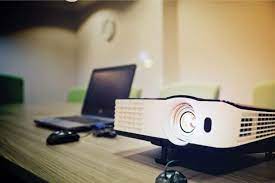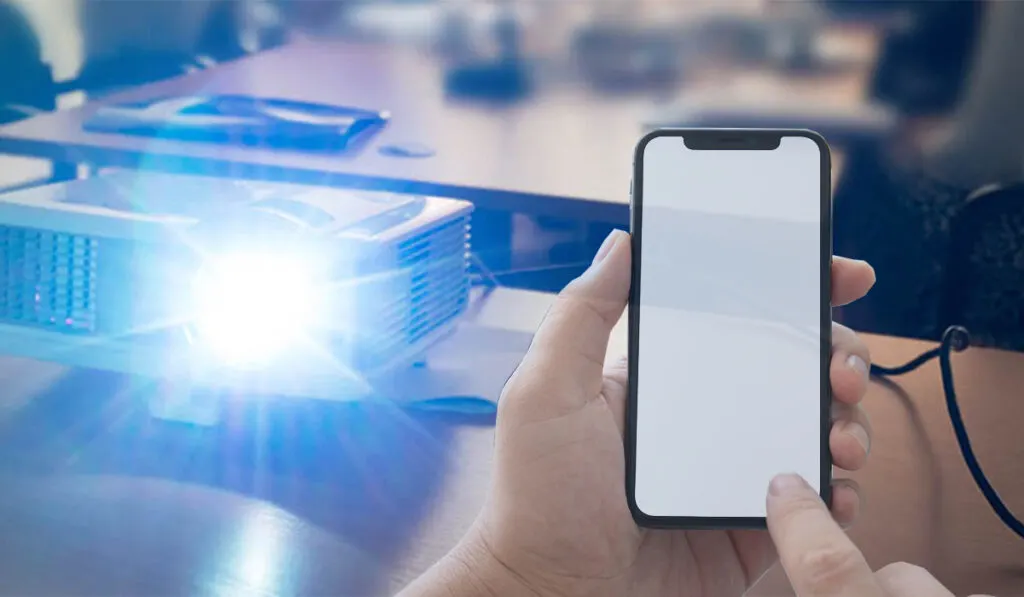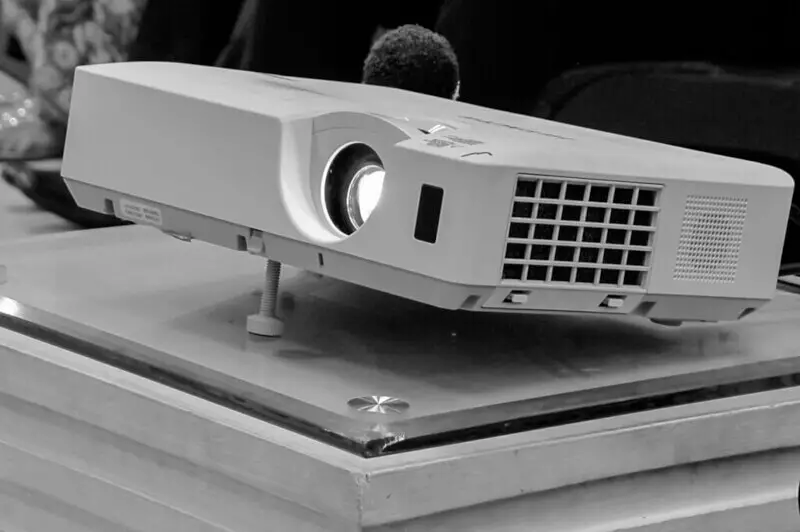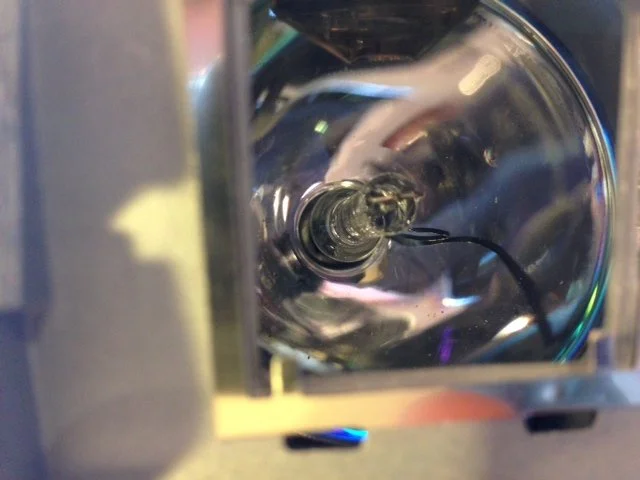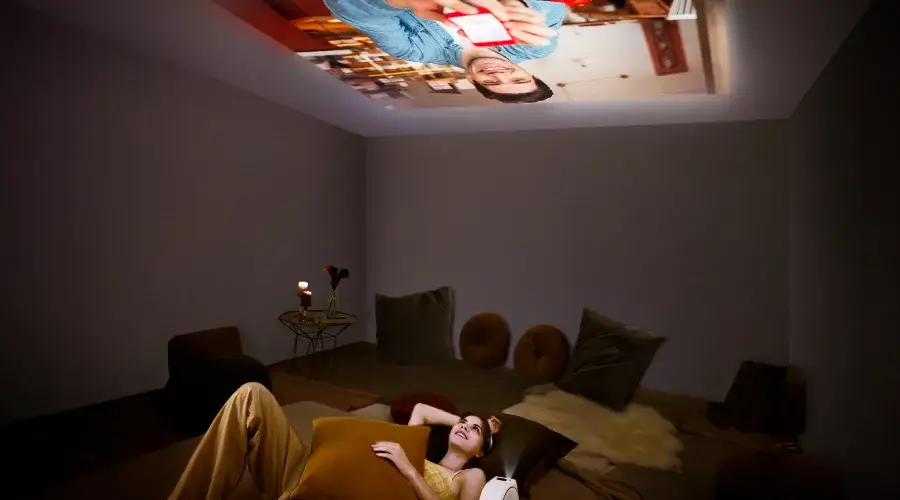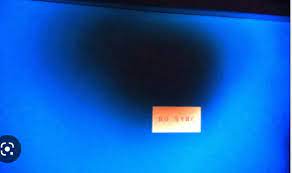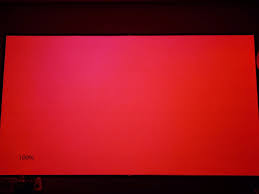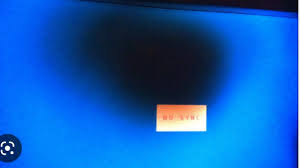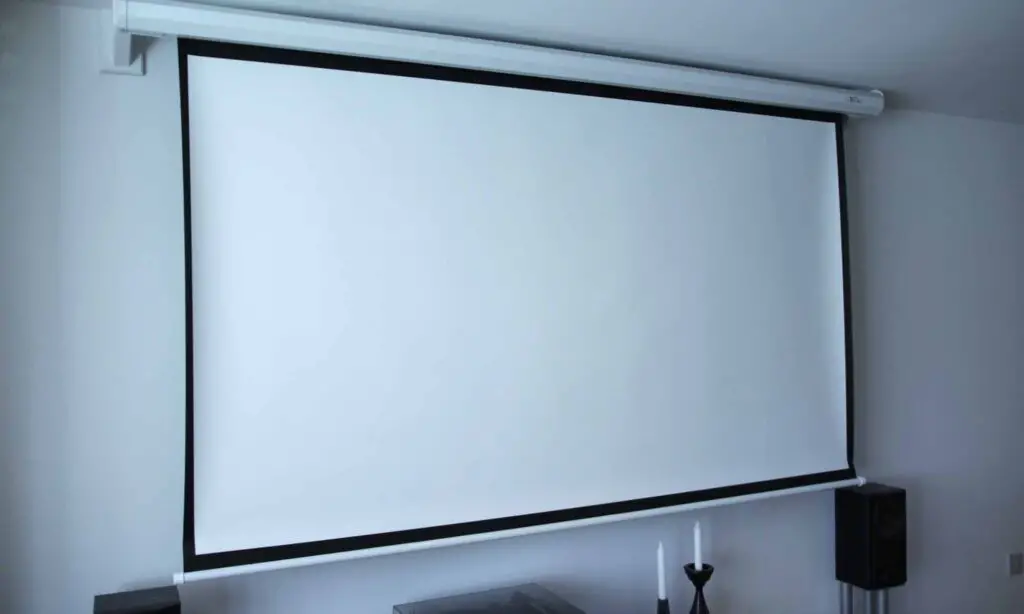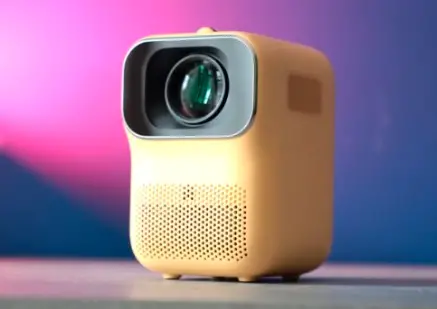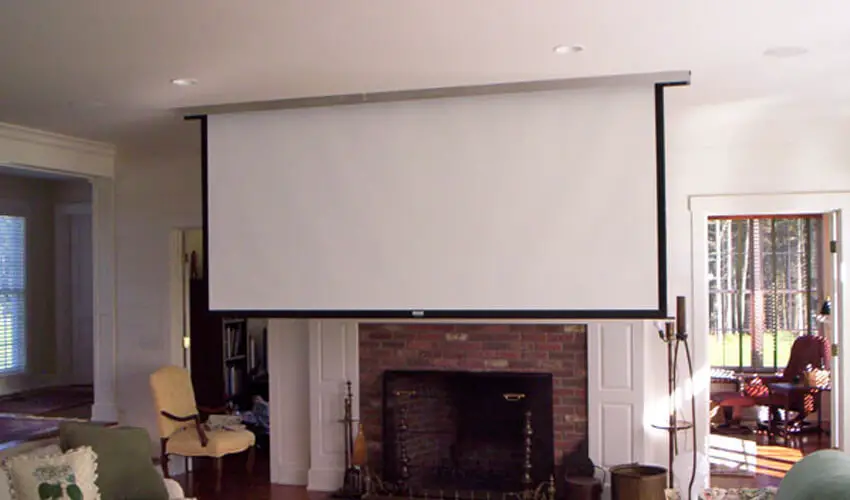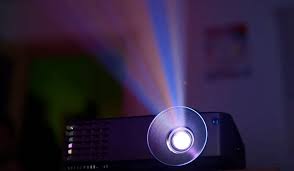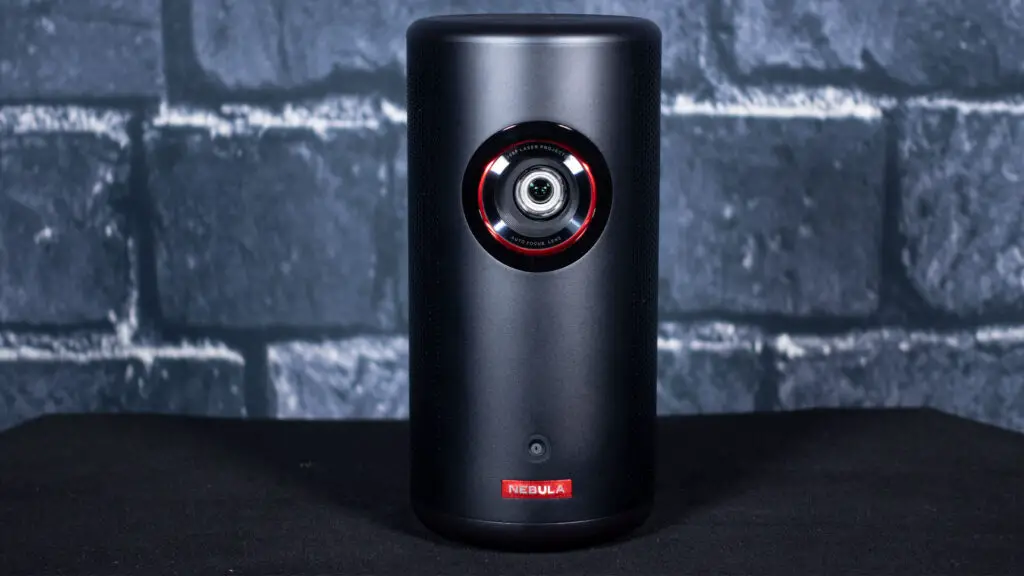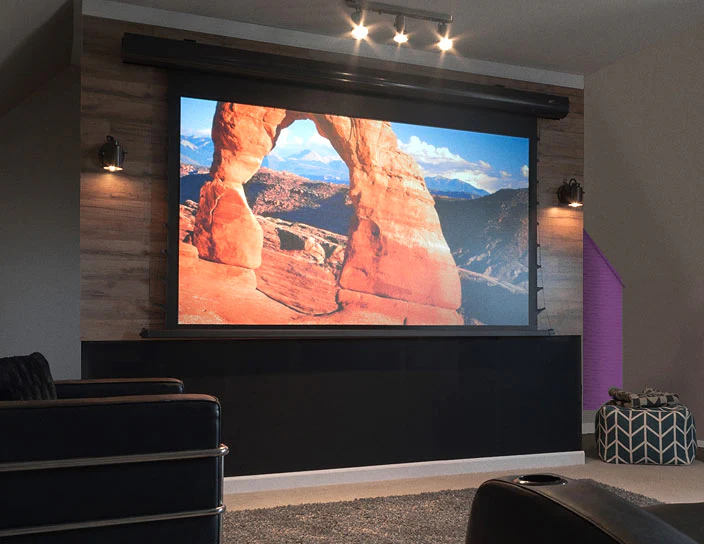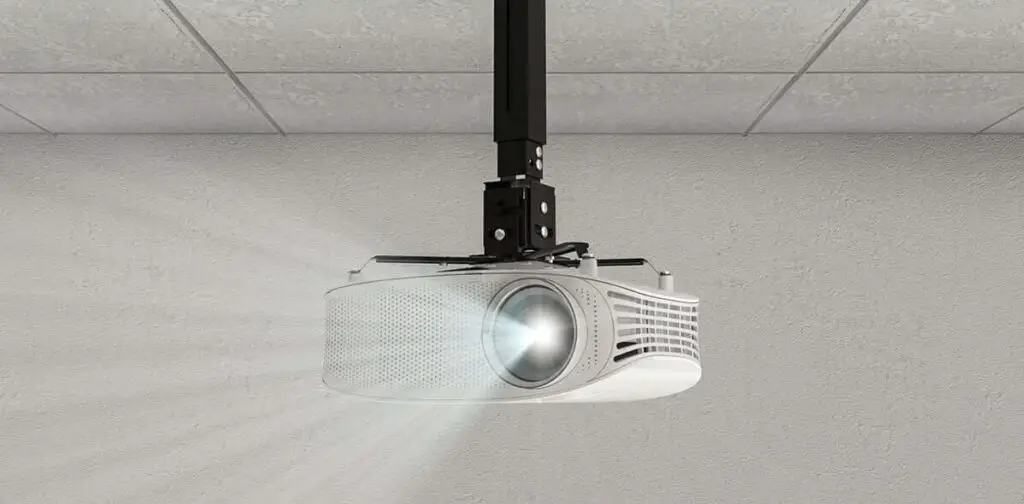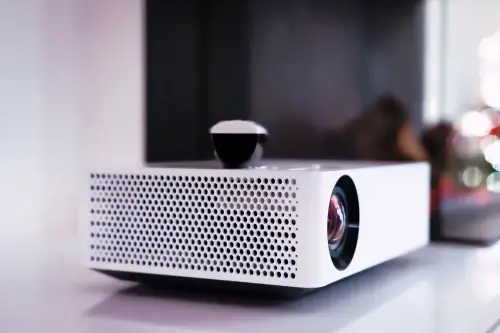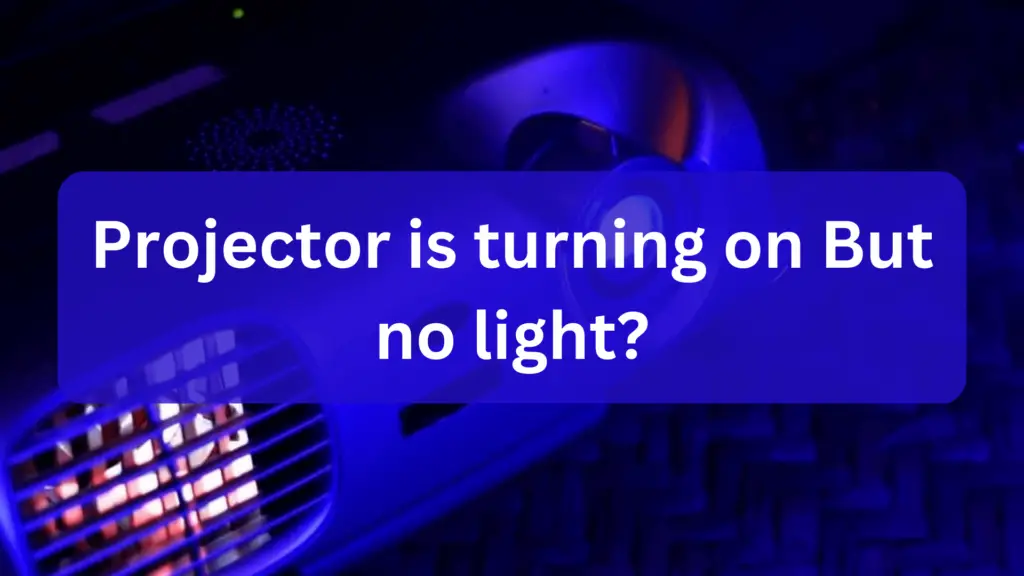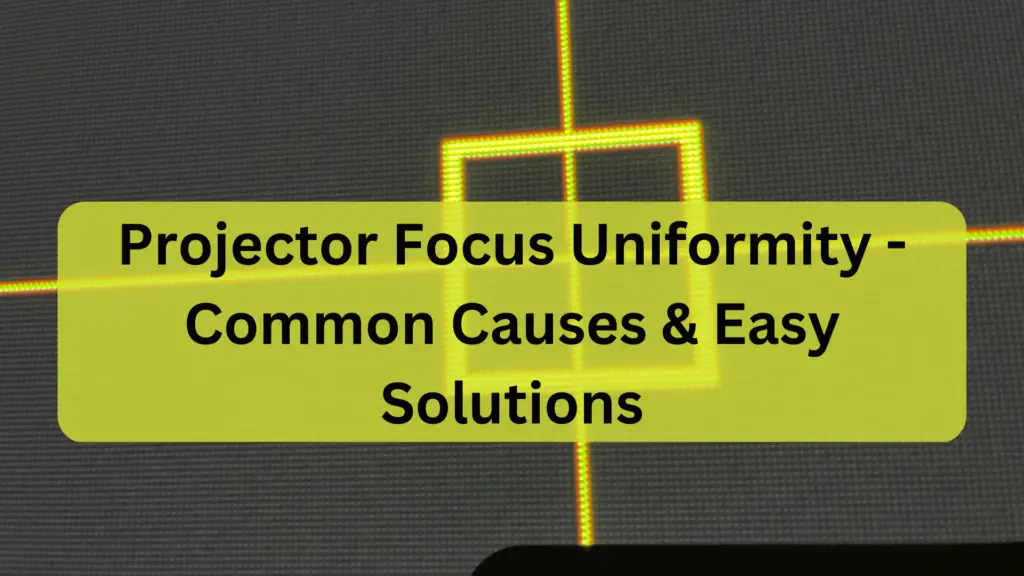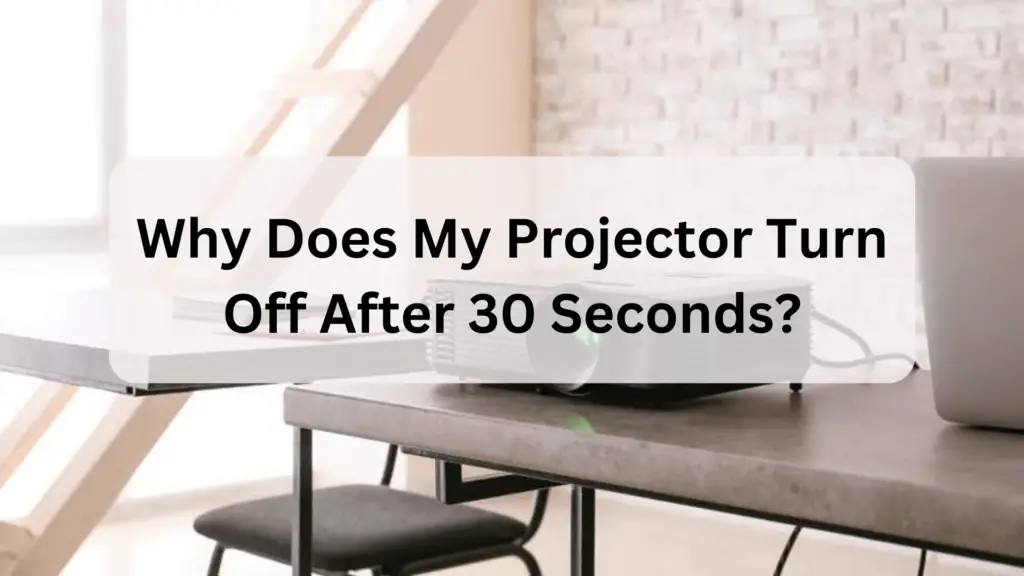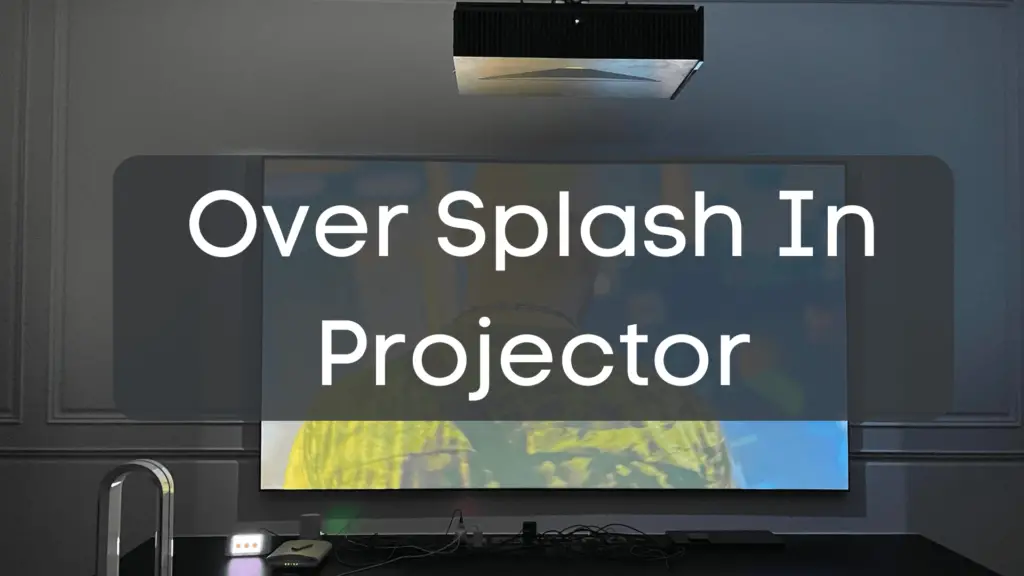How Many Watts Does A Projector Use?
Ever wondered how projectors manage to light up an entire room with vivid images or critical data, all while being so compact? A little box of wonder, right? But these wonderful devices, like anything else, draw their magic from somewhere.
The question is, how many watts does a projector use? The power consumption of a projector varies depending on its type: lamp-based projectors, LED projectors, laser projectors, and battery-operated projectors typically consume power in the range of 10W to 800W per hour. However, specific power usage can depend on other factors like brightness settings, resolution, and usage time.

This article is your guide to uncovering various types of projectors. Also, we will guide you through calculating the energy usage of your projector. Plus, we will talk about different factors that determine how many watts your projector will use.
Different Types of Projectors and their power consumption

Projectors come in several types, primarily distinguished based on the technology used for their light source. Each type of projector comes with its power consumption profile. Let’s discuss the energy usage of the most common projector types.
Lamp-Based Projectors
Perhaps the most common type you’ll come across is lamp-based projectors. They use a traditional lamp (often a high-pressure mercury lamp) as the light source. Lamp-based projectors can be further categorized into two types based on the display technology they employ: DLP (Digital Light Processing) and LCD (Liquid Crystal Display).
DLP Projectors
In DLP projectors, the light from the lamp is directed onto a DLP chip made up of thousands (or millions) of tiny mirrors. Each mirror represents a pixel and can tilt towards or away from the light source to create a light or dark pixel on the screen. DLP projectors are known for their sharp, high-quality images, and they tend to be more energy-efficient than LCD projectors (150-350 Watts per hour).
LCD Projectors
In LCD projectors, the light from the lamp is passed through three LCD panels that produce red, blue, and green images. These images are combined to create the final picture projected on the screen. While LCD projectors can produce vibrant, color-rich images, they typically consume more power than DLP projectors (200-300 watts).
LED Projectors
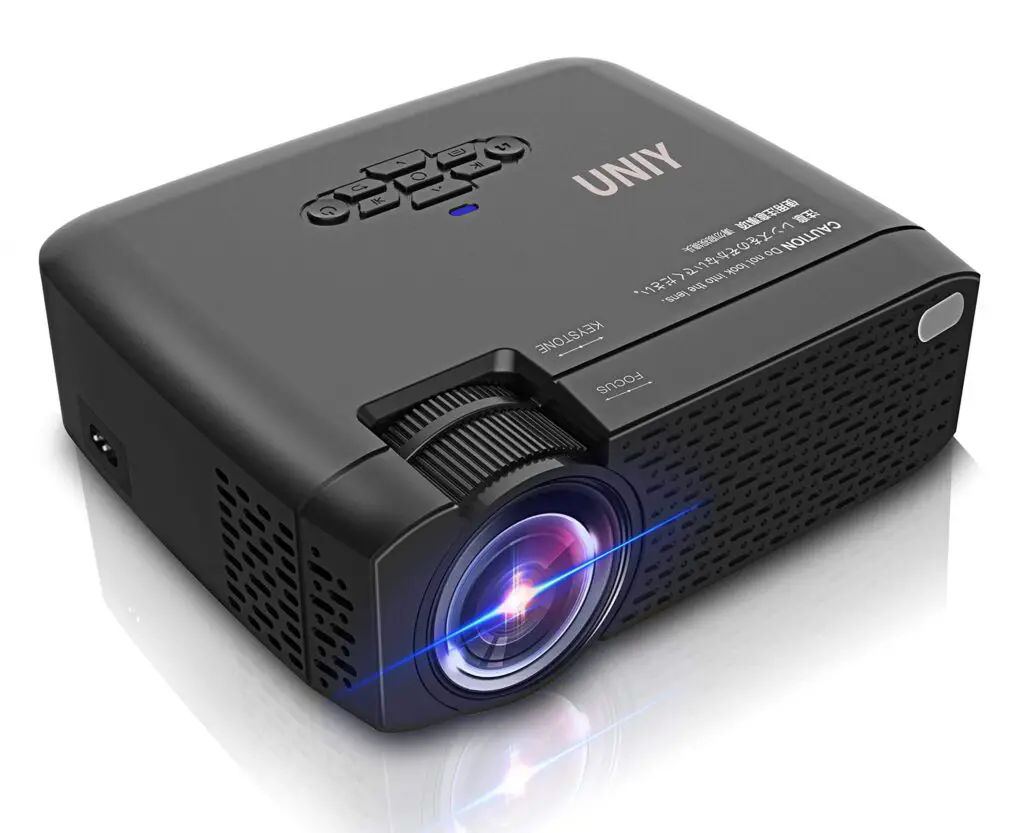
LED projectors represent a newer generation of projectors. Instead of a traditional lamp, they use Light Emitting Diodes (LEDs) as the light source. LEDs are known for their energy efficiency, and this translates into lower power consumption for LED projectors. These projectors typically consume between 30W and 150W per hour, making them a more energy-friendly choice.
Additionally, LEDs have a longer lifespan than traditional projector lamps, providing further savings by reducing the need for frequent lamp replacements.
Laser Projectors
Laser projectors are a relatively recent development in the world of projectors. As the name suggests, they use a laser as the light source. Laser projectors offer several advantages, including a longer lifespan, superior color accuracy, and a high contrast ratio.
However, these benefits come at the cost of higher power consumption. Laser projectors typically consume anywhere from 150W to 800W per hour.
Battery-Operated Projectors
Battery-operated or portable projectors are a different class of projectors designed for mobility and ease of use. These projectors run on battery power and can typically operate for a few hours on a full charge. As they’re designed for portability, they are usually more energy-efficient, consuming anywhere between 10W to 70W per hour.
They are a great choice for camping trips, backyard movie nights, or other occasions where a traditional power source may not be available.
How to Calculate Your Projector’s Energy Consumption?
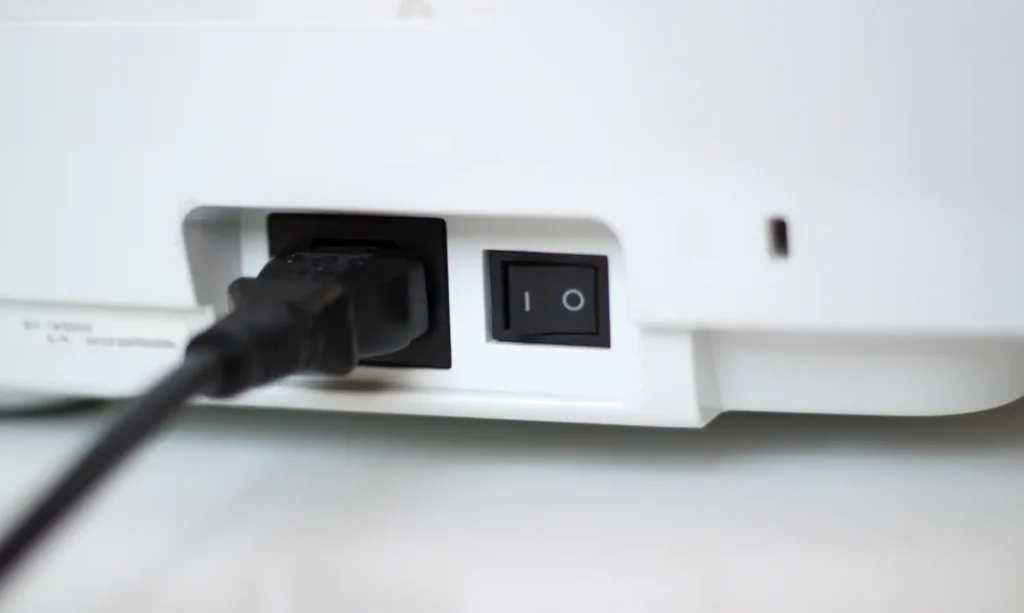
Now that you have a basic understanding of the factors that influence a projector’s energy consumption, let’s look at how you can calculate the energy usage for your specific model.
First, you’ll need to know the wattage of your projector, which, as mentioned before, can typically be found in the product manual or the manufacturer’s website. Once you have this information, multiply the wattage by the number of hours you use the projector in a day. This will give you the total energy usage per day in watts.
However, to convert this into the kWh unit used by electricity companies, you’ll need to do one more step. Divide the daily energy usage in watts by 1,000 to convert it into kilowatt-hours. For example, if your projector consumes 150 watts and you use it for 3 hours a day, the calculation would be as follows:
150W * 3 hours = 450 watt-hours
450 watt-hours / 1,000 = 0.45 kWh
To calculate your monthly energy usage, multiply the daily kWh usage by the number of days you use the projector in a month.
To calculate the cost of operating your projector, multiply the monthly kWh usage by the rate your electricity company charges per kWh.
Some Factors to Consider
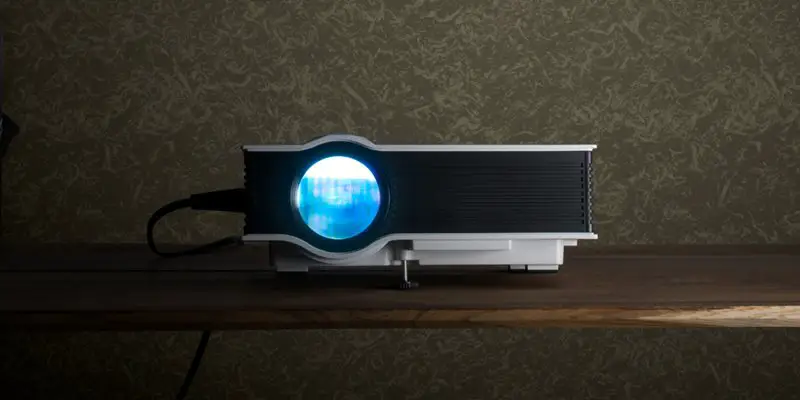
Don’t forget the following things while calculating wattage:
Lumens
In the world of projectors, ‘lumens’ is a term you will frequently encounter. Lumens are the units used to measure the total amount of visible light emitted by a light source – in this case, your projector.
Naturally, a projector that produces a higher number of lumens will generate more light, which often translates to higher power consumption.
The projector’s lamp, responsible for producing the light output, is a significant power consumer within the projector system. Thus, projectors offering higher lumens count, which generally provide brighter images, are likely to consume more power.
It’s also worth noting that the projector’s brightness settings can impact power usage – using your projector at full brightness will consume more energy than using it at a dimmer setting.
Operating Mode
Many projectors come with different operating modes, such as eco-mode, which reduces power consumption by lowering the brightness and contrast levels. Utilizing such power-saving modes can significantly reduce a projector’s energy usage.
Standby Mode
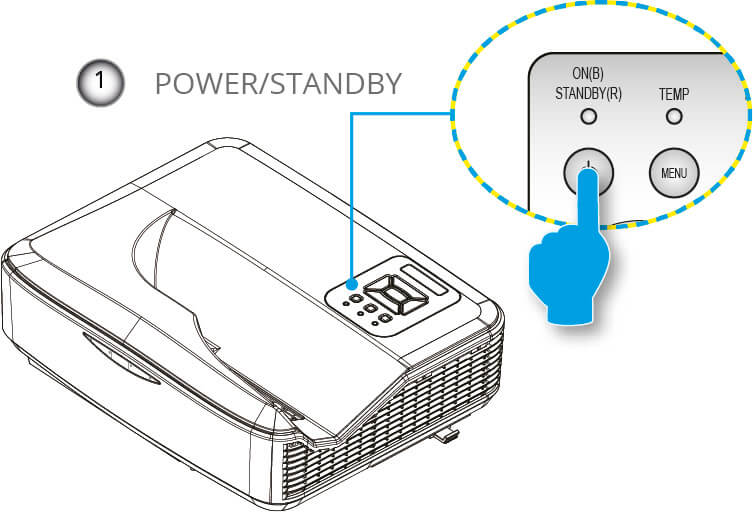
Even when not in use, a projector can still consume power if it’s left plugged in. Some projectors have a ‘standby’ or ‘sleep’ mode to reduce power usage when they are not actively projecting. However, the power consumed in standby mode can add up over time, contributing to your projector’s overall energy usage.
Resolution
The resolution of a projector can also impact its power consumption. Higher-resolution projectors often consume more power as they are designed to process more data and produce more detailed images.
Usage Time
The amount of time the projector is in use directly affects its power consumption. The longer a projector runs, the more power it consumes. Therefore, turning off the projector when it’s not in use can help save energy.
Maintenance and Age
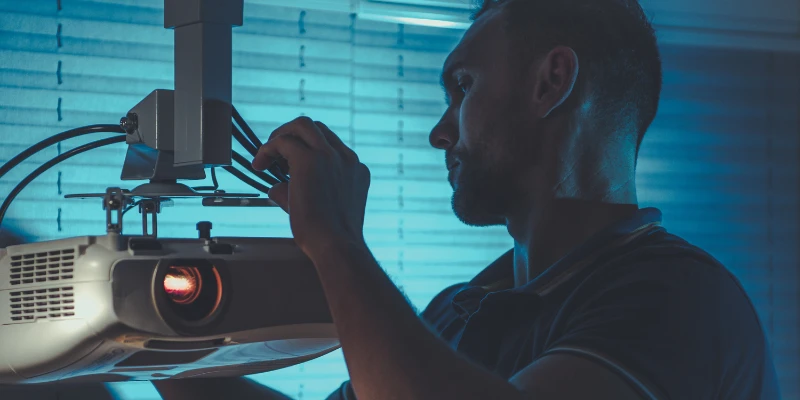
The condition of a projector can also impact its energy usage. An older projector or one that is not well-maintained may consume more power than a newer, well-kept model. Regular maintenance, such as cleaning the filters and replacing the lamp as needed, can help maintain the projector’s efficiency and reduce power consumption.
Conclusion
As technology continues to advance, projectors are becoming more energy-efficient. Nonetheless, understanding the power consumption of your projector can help you make more informed decisions, not just in terms of managing your energy costs but also contributing to energy conservation efforts. The type of projector, its brightness settings, and the technology it uses can significantly impact its power consumption.

